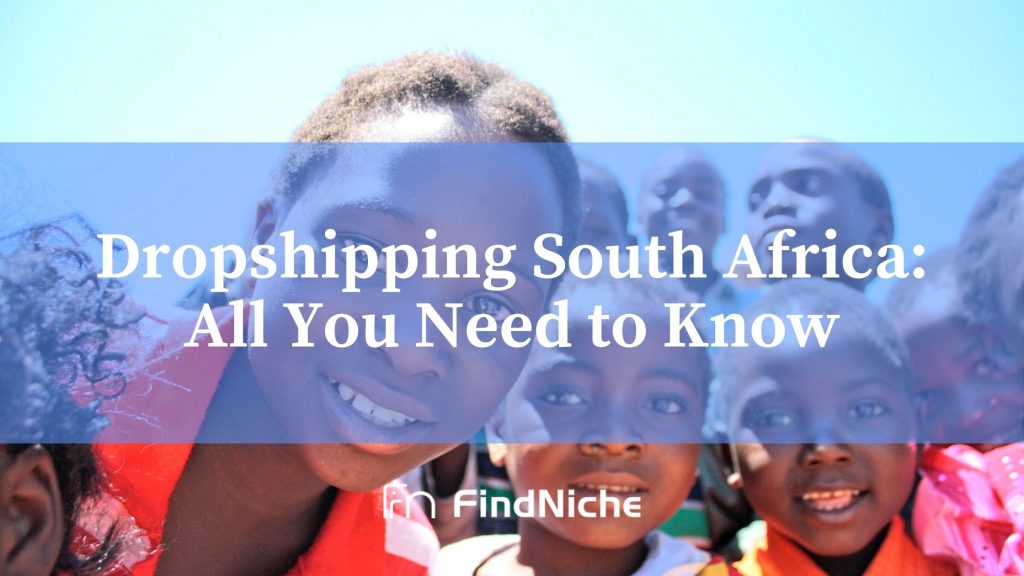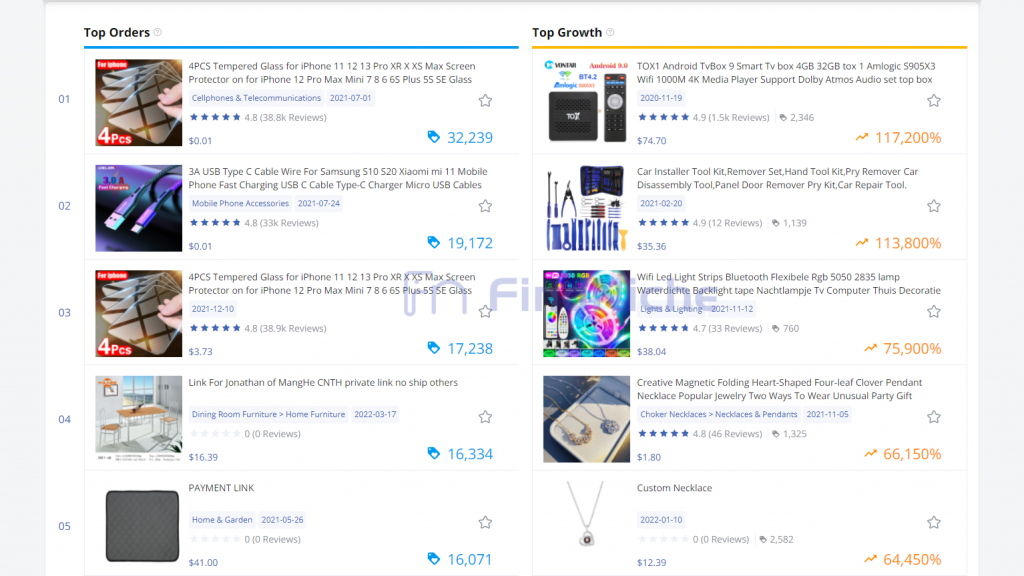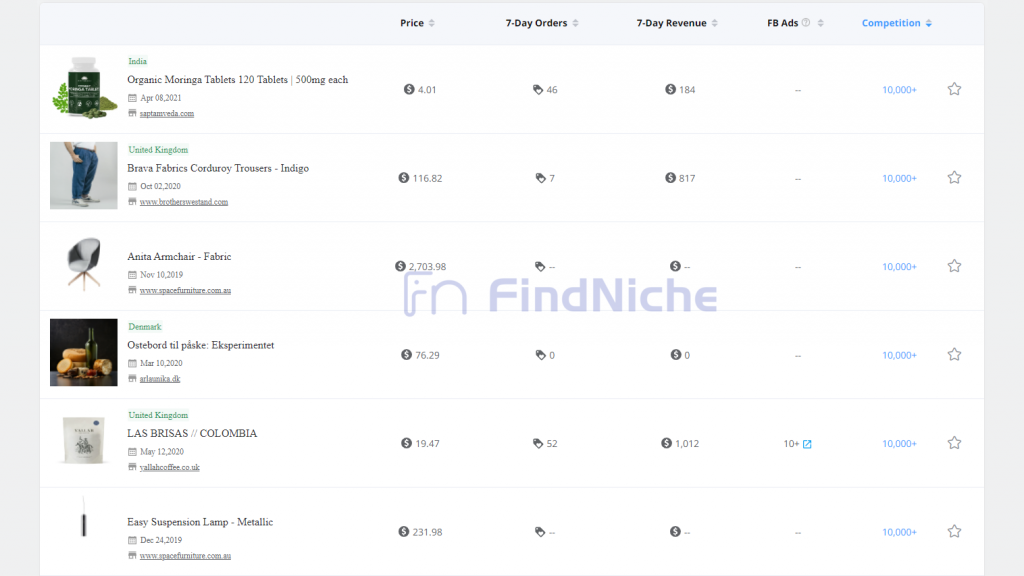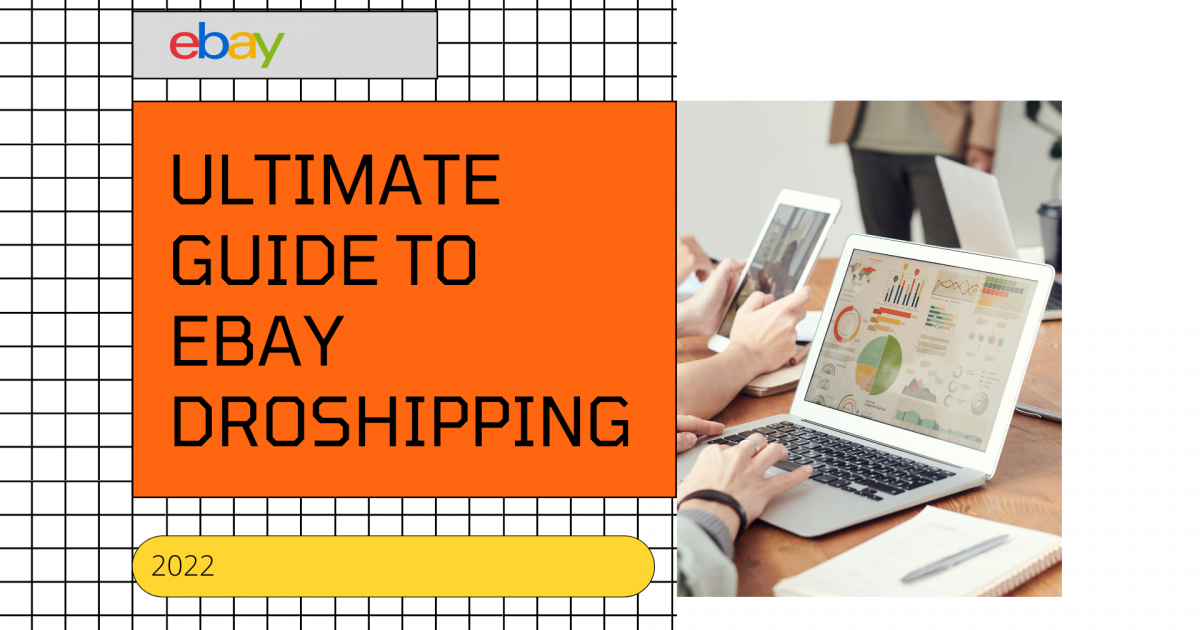Dropshipping South Africa: All You Need to Know

To become a dropshipper, it really doesn’t matter where you live or where you’re selling your products. However, it gives the impression that isn’t possible to start a dropshipping business in South Africa.
This is due to the few dropshippers that are known to operate from South Africa, but it doesn’t mean it is impossible. It is very possible, even, in fact, there are many people doing dropshipping in South Africa, just maybe they don't sell within the country, so they go unnoticed.
The main reason for this is that you have to face some restrictions and paperwork in order to import goods into the country. Yet, there are other ways to start your own dropshipping business if you are from South Africa, so don't rush on giving up.
Post Contents
Why Start a Dropshipping Business in South Africa?
The e-commerce space is growing quickly in South Africa in the last couple of years accordingly to a recent statistic, primarily because of the pandemic. This has led to more people being connected to the internet and higher demand for online deliveries.
The survey reveals that 68% of respondents (all of them, South African consumers) have increased their online shopping when the pandemic started.
Even better is the fact that the online shopping income in South Africa has grown by around a 66% of the total in 2020. Reporting earnings of more than 30 billion rands, doubling the number from 2018 of 14 billion rands.
This has spurred many entrepreneurs to look at the possibilities of dropshipping in South Africa, to take advantage of its young-growing economy. Even as a gateway to the rest of the African continent.
However, this industry is still immature and some challenges may appear. In order to define if it is suitable to apply a dropshipping model for your business, you’ll need to do region-specific research. In addition to the regular product research that you have to always perform.
How to Start a Dropshipping Business in South Africa?
To start your own dropshipping business there are a few key points that will make your work a lot easier. You’ll find all the information you need to make wise choices. So don’t rush and take your time to consider all the pros and cons of each possibility.
Choose Your Target Market
This is a crucial part of every dropshipping business. Even before beginning, you need to have in mind which will be your target market. When it comes to dropshipping in South Africa you have three principal options. These three options are:
- From dropshipping suppliers in South Africa to South African clients.
- From foreign dropshipping suppliers to South African customers.
- From dropshipping suppliers abroad to overseas customers.
Choose a Proper Supplier
Whether you choose to sell from foreign or South African suppliers, you’ll need to find the best dropshipping supplier for you. This point is closely related to the following, as you need to find a partner capable of supplying you with profitable trending products.
Referring to the best dropshipping suppliers in South Africa, you have a bunch of them to choose from. We will be describing and deepening them in a short time.
Search for Trending Items
The last thing you need to start your business is to research which products you’ll be selling. It could be trending items, POD items, or even specific seasonal niche items. Of course, you can’t just choose an item without checking if it is profitable or how high the competition for that item is.
Thankfully for all these matters, we have some powerful tools that FindNiche offers. We can find pretty good ideas with the AliExpress top chart tool, where we can find top growing and top orders products.

Then you can use the Shopify database tool to check the competition and the revenue among other useful information.

Due to the low population of the dropshipping business in South Africa, this tool doesn’t show South African competition yet. In any case, it is useful indeed if you are planning to sell to international clients.
Now let’s dive into the market possibilities for dropshipping in South Africa so you can start the process of creating your business.
Selling from Dropshipping Suppliers in South Africa to South African Customers
This is perhaps the easier way to start your dropshipping business. You already know the South African regulations and won’t run the risk of selling something regulated or illegal. Also, to sell from dropshipping suppliers in South Africa, you won't need any import/export permissions.
In the beginning, you won’t need any registered company to operate, but when you start growing you should create one. This isn’t just for legal matters, but for the future, as your business grows it’ll become necessary for importing or selling internationally.
Since dropshipping in South Africa isn’t as widespread as in other countries, finding suppliers isn’t an easy task. Even there will be some manufacturers who are not familiar with the term.
However, this doesn’t mean that dropshipping suppliers in South Africa are nonexistent. In fact, there are a bunch of useful suppliers with automated dropshipping integration to choose from.
Between the best dropshipping suppliers you can find:
BrandsGateway
BrandsGateway is an excellent choice if you plan to start your business selling clothing. By partnering with them you'll fulfill all your dropshipping supplier demands while offering luxury clothing collections for men and women.
Despite being one dropshipping supplier that isn’t based in South Africa, they ensure fast shipping to everywhere inside South Africa.
In order to access their product catalog, you will need to pay at least R2367 each month.
Calasca
Calasca is surely one of the best dropshipping suppliers in South Africa with more than 1000 products. Perhaps, dropshipping in South Africa wouldn’t be possible without this company. They offer a wide range of products from homeware and kitchenware, to outdoor, pet, and travel products.
They offer 2 options to dropship with them. The first is through their reseller program, a free choice but that requires you to open an account and it needs to be approved for credit. The second is via Dropstore, this is a much easier option, which to access you will have to pay at least R199 to start selling.
Planet54.com
When it comes to clothing and accessories dropshipping suppliers in South Africa,Planet54 is clearly the number one. Having more than 7000 products in its catalog, Planet54 is exclusively dedicated to being a dropshipping supplier.
On their website, they claim to be currently supplying over 100 e-commerce businesses all over Africa from South Africa. Their ship times go from 3 to 5 days since the purchase.
Also, by dropshipping with planet54, you will have the possibility to easily dropship via Whatsapp and Facebook but you can also do it from your own site.
Gadgetgyz
This company is focused on technological gadgets, for those who are interested in selling these kinds of products. Cape Town-based,Gadgetgyz offers a wide range of Android smartphones as well as other related gadgets.
Aside from that, Gadgetgyz also offers products from categories like CCTV and Smart Watches.
They offer a fast and secure delivery that usually takes from 3 to 4 days. In addition to this, they provide all the tracking information needed for your customer (and you) to track the shipment.
Shopstar
Shopstar is a South African e-commerce platform that is comparable to Shopify. The main difference is that they are focused on operating dropshipping in South Africa as a marketplace for South African dropshippers.
This way they source their products from several dropshipping suppliers in South Africa, having a wide variety of them.
To sell from Shopstar, you’ll need to have your own Shopstar store, whose pricing begins at R220 per month. After that, you can look for products on their marketplace and choose those that match your business idea.
Dropstore
With Dropstore you’ll have access to a massive South African supplier database. This way you’ll be able to find the best-selling products in South Africa.
When registering in Dropstore, you’ll get a free 14-day trial to access more than 200 South African dropshipping suppliers’ websites. Once the trial is over, you’ll need to pay a subscription of at least R199 in order to continue having access to their suppliers’ directory.
The order processing takes from 1 to 3 days and delivery usually takes from 2 to 4 days.
Local Dropshipping Suppliers Limitations
It is fair to say that the choice of both products and suppliers is a little limited. This may result in many dropshippers trying to sell the same products.
The cause of this can be tracked down to a law that dictates that wholesalers can’t dictate prices to retailers. This means that wholesalers are afraid of dropshippers undercutting the prices compared to the retailers. With which they have long-standing relationships.
Dropshipping from China to South African Customers
A possible solution to the local suppliers’ problem could be to import products from countries like China to South African customers.
Using AliExpress (having in mind that not all AliExpress sellers ship to South Africa), it is possible to make dropshipping to South Africa. It also is possible to set deliveries directly to South African clients.
However, this has a couple of regulations and requisites. In South Africa, for importing goods for over R50,000 more than over 3 times per year or to re-selling, you’ll need an import license.
In order to keep the shipping costs low and to make your business successful, you may need to ship the orders via China’s postal service. Who takes care of handing it to the South African postal service.
This is where AliExpress dropshipping to South Africa gets complicated. This is because of having delivery times from 40 to 59 days or simply unaffordable shipping costs. Something really important knowing that the South African buyer is already worried about online scams.
There’s the option of sending the order via a courier to get it to the customer quicker. However, it can be a little expensive and some restrictions apply. If an imported good exceeds the value of R500 (approx. $34), the consumer will get penalized when they make more than 3 purchases.
Ultimately, as a dropshipper, you have to be sure that your customer is aware of these additional costs to their purchase.
The last barrier is the returns. It is expected that some people will want to return their orders and it should be offered in order to offer a good customer service. However, due to the long shipping times and costs, it could be unfeasible.
Dropshipping to International Destinations
The last possibility is dropshipping from international suppliers to international destinations. It could be a good choice, however, there are some factors to have in mind when dropshipping in South Africa to overseas. Let’s take a look at those things to consider for this business model:
Choose the Right Payment Gateway
As a South African citizen, you won’t be able to use Stripe or Shopify Payments. This means you will have to rely on Paypal.
Paypal has developed a method to manage their risk. It consists in holding your funds until they deem the transaction is "legit". This isn’t a big problem as long as your paperwork is in order or until you need to scale.
When you get too big for Paypal you’ll notice that your funds on hold can make a worrying cash flow issue.
One last challenge while using Paypal is that it is only integrated with just one bank in South Africa, the First National Bank. This means that if you haven’t an account in it, you may need to open one.
Prepare to Establish a US Company
When you begin to grow, it’ll be wise to register an LLC in the US. This will allow you to operate with all the payment gateways available. It would be recommendable to hire a specialist in this matter to set it up and manage your taxes and earnings.
Make an Exceptional Product Research
This is because you can’t order a sample to test the products. In order to offer good quality products, you’ll need to replace testing with doing deep product research. You can do this by checking customer feedback, for example on supplier platforms or competitor websites.
Be Careful with Dollar-Based Operating Costs
When dropshipping from South Africa, you should expect Shopify or other App fees, advertising expenses, and other operating costs to be charged in USD.
This is due to the weakness of the currency (ZAR - South African rand).
Conclusion
The possibilities of growing and expanding your business when dropshipping in South Africa are big. Whether you choose to sell to South African or international clients you’ll have benefits for sure.
If you sell from dropshipping suppliers in South Africa to local customers, you’ll be a pioneer in this and you can grow really big in the future. Perhaps, you could be one of the ones to open the business doors to the rest of Africa.
Otherwise, if you choose to sell internationally, despite being a more consolidated market, your earnings will be great. For that, you’ll need to be prepared to handle that growing so you are not caught unawares.
In any case, you have the tools, just need to get into the action.
Find Niches, Multiply Your Sales!
Uncover the secrets of the winning products that your competitors will never tell you.
Try it for $1!




